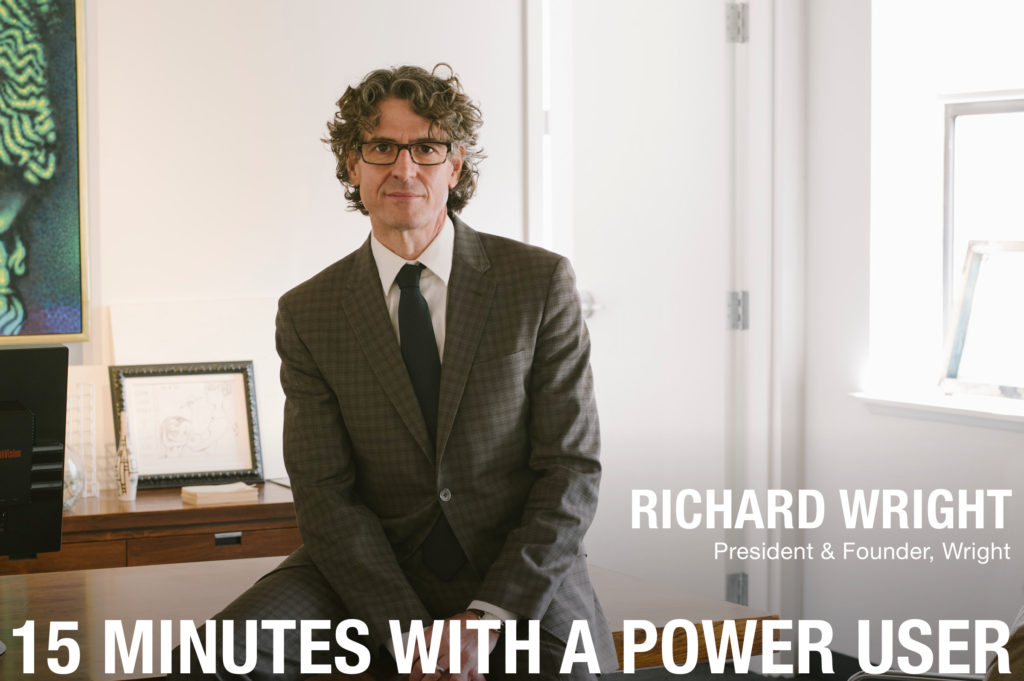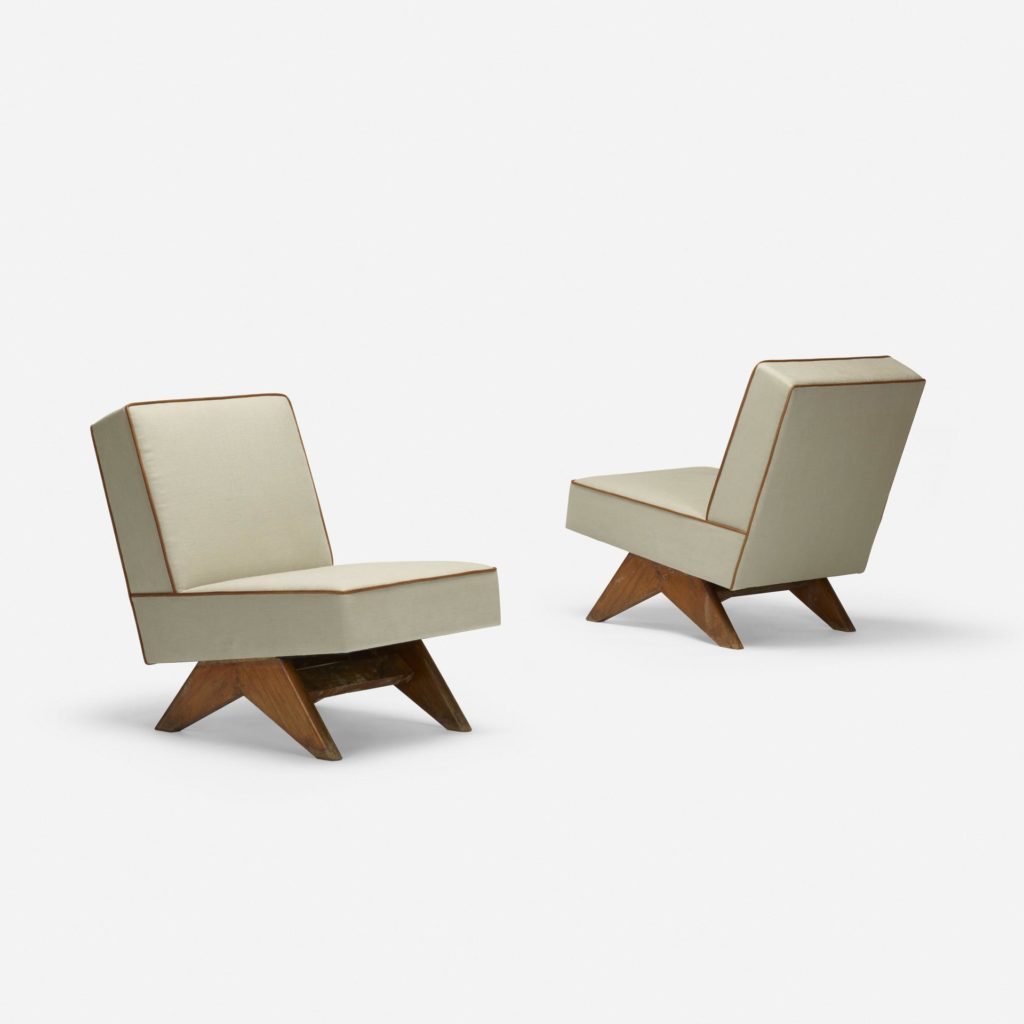15 Minutes with a Price Database Power User: Richard Wright


Artnet Price Database Team

Richard Wright’s name is synonymous with design. As the founder of Chicago-based Wright, Richard re-imagined the auction house experience from the ground up. Wright holds more than a dozen auctions each year featuring 20th- and 21st-century design and art, thoughtfully curated for both quality and style. The catalogues designed by a team in-house are collectibles in and of themselves, and have done no small part in cultivating an international clientele who are—dare we say—not just buyers, but actual fans of the brand.
Over nearly two decades, Wright has elevated the status of design as a collecting category, and the landscape has become increasingly competitive. This led to Richard’s recent decision to merge Wright with another design-focused auction house, Rago Auctions, based in New Jersey. Under Richard’s leadership, these two houses are finding new ways to pioneer in the industry.
We caught up with Richard to find out where the design market is heading and who’s leading the pack.
Over the past 19 years, how have you seen the market for design change?
The market has grown exponentially. Design is now a widely collected field, with more and more avenues available for acquiring art and design. Probably most important is the increase in the digital presence of auction houses and galleries, and providing users around the globe with opportunities for participating in auctions or buying works easily online.
What is the line between design and fine art? Who is toeing it right now?
The difference between art and design is a matter of intent. Design should take function into consideration, even when the function might be to delight or confound. Art rises above function and, at its best, expresses our humanity. That said, there is a space between the two, where interesting creators like Gaetano Pesce, the Lalannes, and Theaster Gates riff off of both sides of that line.
The difference between art and design is a matter of intent. Design should take function into consideration, even when the function might be to delight or confound. Art rises above function and, at its best, expresses our humanity.
How is collecting design a different mindset than collecting art?
With design, there is a functional aspect that cannot be ignored. More often than not, an item is acquired not only because of its aesthetic, but also because there is a need for that item in the home, be it a dining or coffee table, a lamp or a sofa, and so on. Design ultimately resides in an interior and answers to interior design concerns. Art stands independently and does not need to match the drapes.
Are there any designs or designers you were sure would hold their value, but didn’t? Or ones whose popularity surprises you?
The designs of Charles and Ray Eames have always been a key part of my career. The value of the work, though, has remained largely unchanged over the past 20 years. Their historical importance is undisputed, but the collecting field has remained static.
Mid-century French design— like Prouvé and Perriand—has risen to unprecedented heights over that same period of time, with several examples having sold over the $1 million mark.

French modern design tends to sell for the highest prices. Here, a pair of chairs designed by
Pierre Jeanneret sold at Wright for $179,000 in 2018, nearly six times the estimate. Image courtesy of Wright.
What genre within design has historically been the most stable in terms of prices?
Scandinavian designs stand as some of the most classic, well-crafted and accessible areas. While the prices are not often extraordinary, they are reliable. Often handmade out of solid wood, the design integrity of this material remains a relative bargain in the marketplace.
What is your favorite piece that you’ve ever sold?
The sign from The Four Seasons restaurant in New York. It was the first lot in what was to become a career-defining auction. It sold for over $100,000 to a standing room-only crowd, in what would go on to be a 14-hour, $4 million-plus sale. That will always lead my highlight reel.
What is the last thing you searched for on the Price Database?
I have to say, I use the database countless times every day. It is an invaluable tool for my business.
The Price Database is the art market research tool trusted by appraisers and aspiring collectors alike. To learn more and to choose from our range of subscription options, click here.